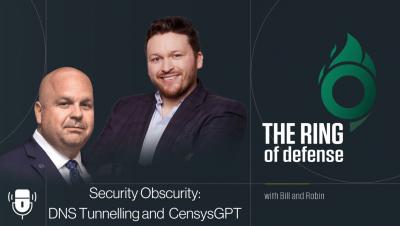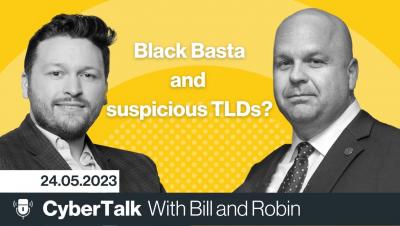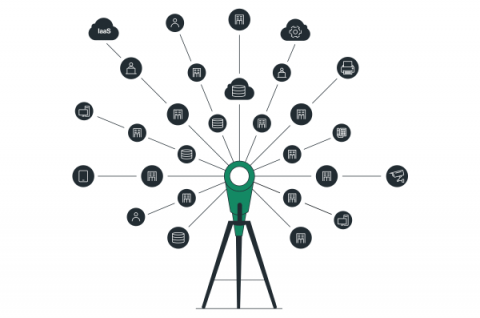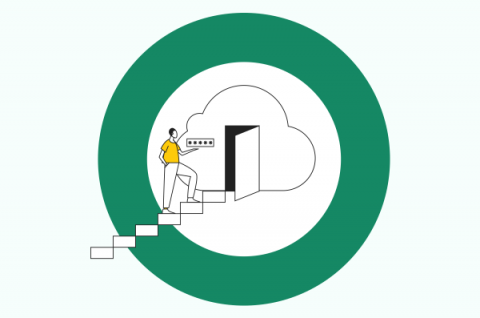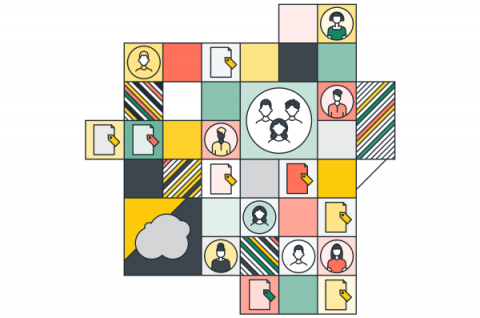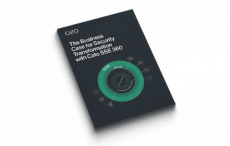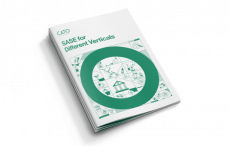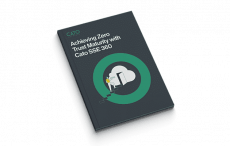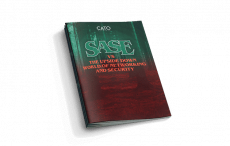Security | Threat Detection | Cyberattacks | DevSecOps | Compliance
May 2023
Digital Transformation Is a Major Driver of Network Transformation
Many organizations are in the midst of rapid digital transformation. In the past few years, numerous new and promising technologies have emerged and matured, promising significant benefits. For example, many organizations are rapidly adopting cloud computing, and the growing maturity of Internet of Things (IoT) devices has the potential to unlock new operational efficiencies.
ChatGPT and Cato: Get Fish, Not Tackles
ChatGPT is all the rage these days. Its ability to magically produce coherent and typically well-written, essay-length answers to (almost) any question is simply mind-blowing. Like any marketing department on the planet, we wanted to “latch onto the news.” How can we connect Cato and ChatGPT? Our head of demand generation, Merav Keren, made an interesting comparison between ChatGPT and Google Search.
CyberTalk with Bill and Robin - 24th May 2023
Why Network Visibility is Essential for Your Organization
Most modern companies are highly reliant on their IT infrastructure for day-day business, with employees relying on numerous on-prem and cloud-based software solutions for their daily activities. However, for many companies, the network can be something of a black box. As long as data gets from point A to point B and applications continue to function, everything is assumed to be okay. However, the network can be a rich source of data about the state of the business.
Achieving Zero Trust Maturity with Cato SSE 360
Trust is a serious issue facing enterprise architectures today. Legacy architectures are designed on implicit trust, which makes them vulnerable to modern-day attacks. A Zero Trust approach to security can remedy this risk, but transitioning isn’t always easy or inexpensive. CISA, the US government’s Cybersecurity and Infrastructure Security Agency, suggests a five-pillar model to help guide organizations to zero trust maturity.
Updated Cato DLP Engine Brings Customization, Sensitivity Labels, and More
Last year, we launched Cato DLP to great success. It was the first DLP engine that could protect data across all enterprise applications without the need for complex, cumbersome DLP rules. Since then, we have been improving the DLP engine and adding key capabilities, including user-defined data types for increased control and integration with Microsoft Information Protection (MIP) to immediately apply sensitivity labels to your DLP policy. Let’s take a closer look.


